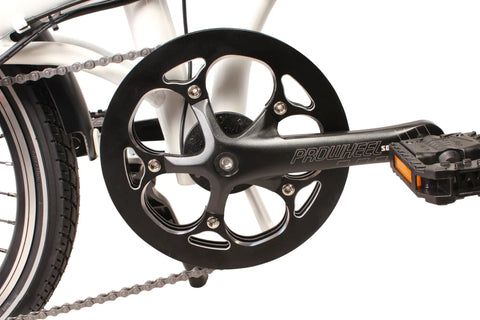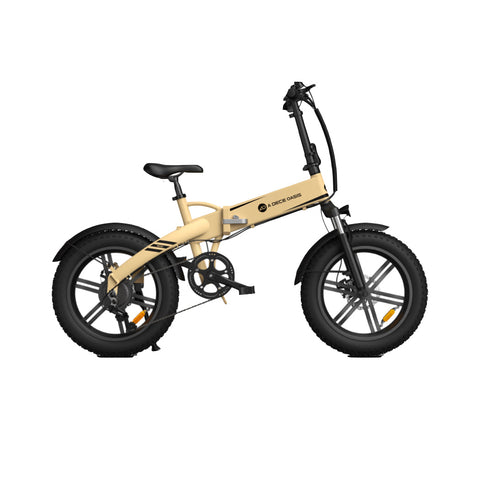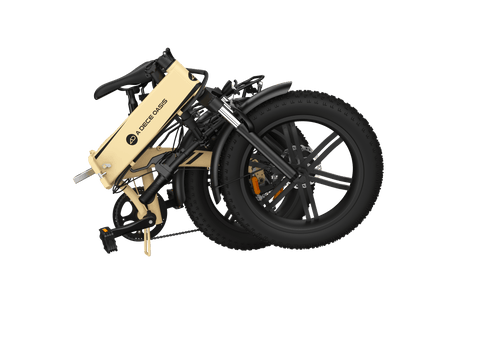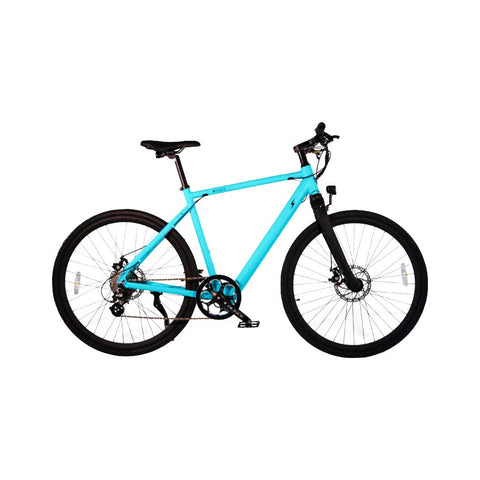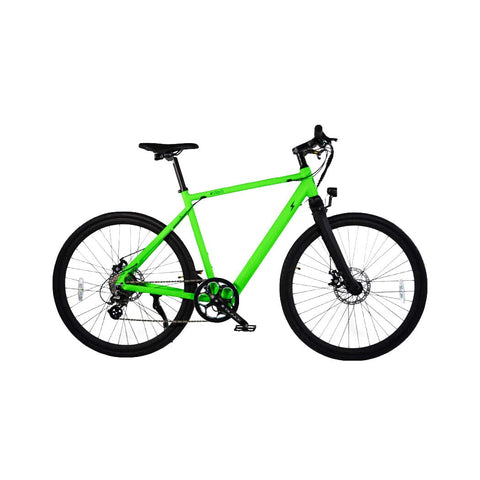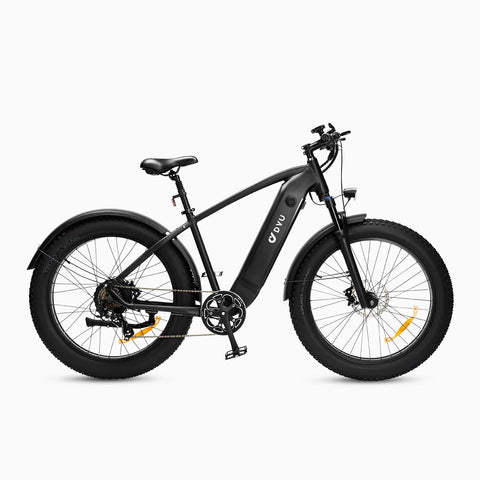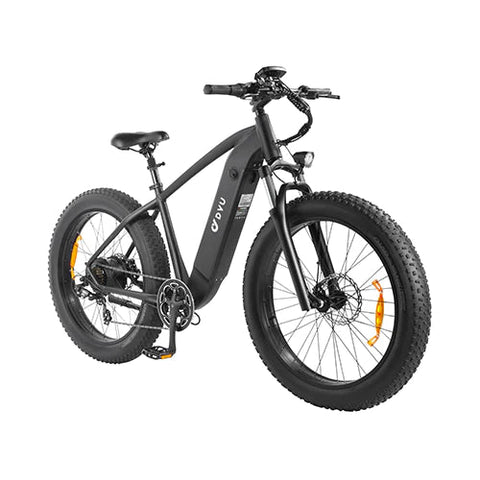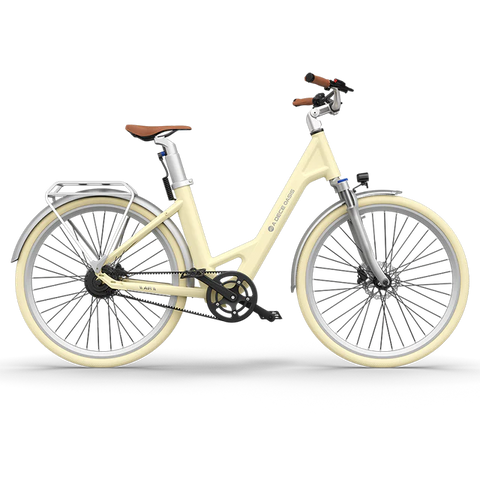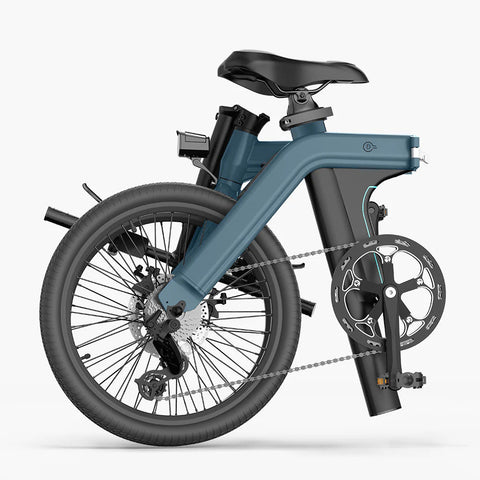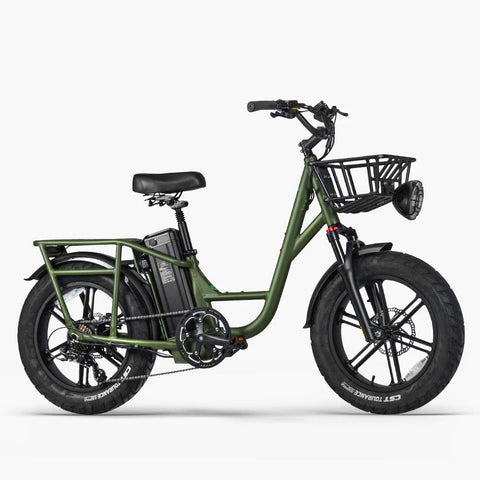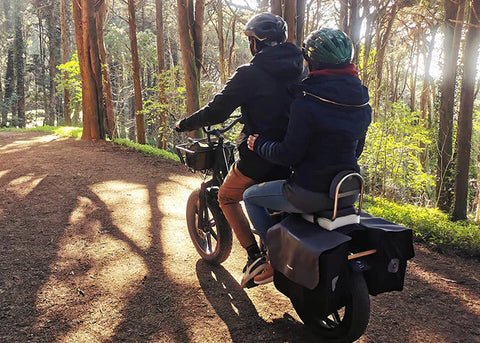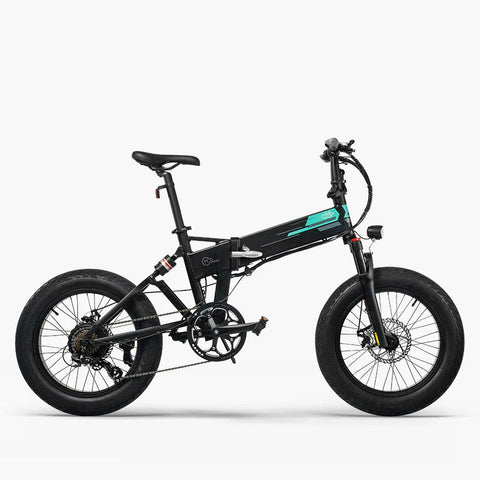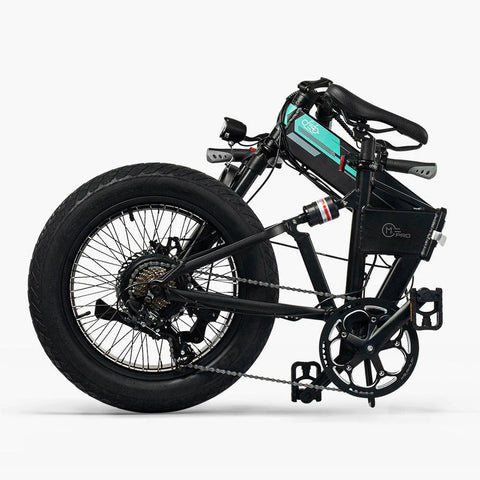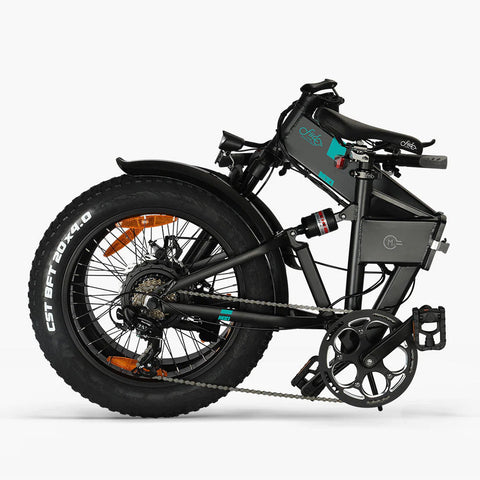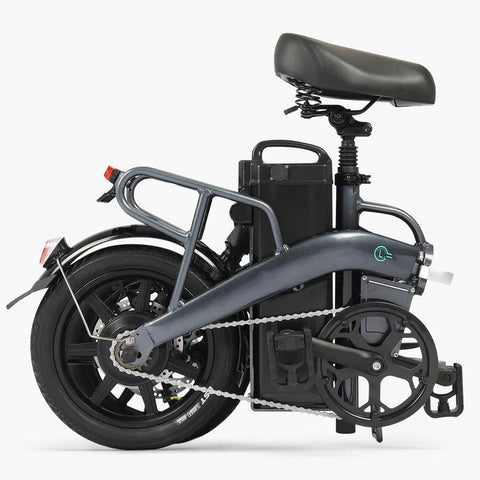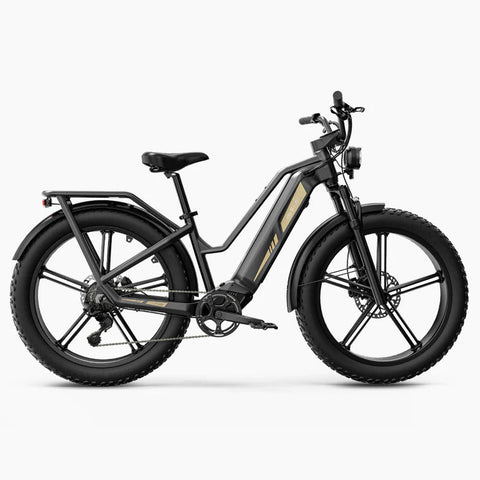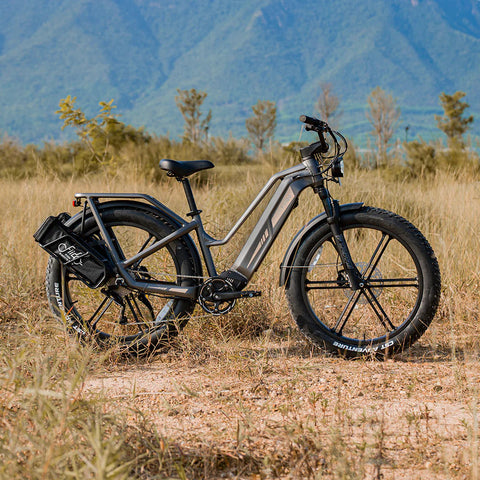For more than a century, the acknowledged way to power a bicycle has been via a chain. The pedals drive the chain, which uses a system of sprockets to transmit the power to the rear wheel. Simple.
But modern bikes, and particularly electric bikes, are reinventing the wheel. Not literally, obviously – the wheel is pretty nailed-on perfect. But for all the advantages of using a chain that have served millions well for decades, there are drawbacks, leading to an alternative technology emerge: the belt drive. Here's why.
Summary
|
Chain |
Belt-drive |
|
|
Price |
Cheap |
Expensive |
|
Feel |
Like a normal bike |
Super-quiet and smooth |
|
Maintenance |
Considerable |
Minimal |
|
Longevity |
Not bad |
Superb |
| Noise | Noisier | Quiet |
| Weight | Heavier | Lighter |
|
Good for |
Just about everything |
Commuting, flat terrain, leisure, faff-free riding |
How does a chain work?
It’s always best to start at the beginning. The chain runs from the components that your pedals are attached to – the cranks and the chainwheel – to the back wheel. You turn the pedals, the chain moves, and it moves a sprocket attached to the rear wheel to get you going.
The chain is made up of individual links that are attached to each other, and the teeth of the sprockets are held by the gaps between the links.
How does a belt drive work?
The belt drive system uses, as the name suggests, a belt to drive the back wheel instead of a chain. Made of a hardwearing, synthetic polymer material, often reinforced with kevlar or carbon fibre, it has ridges underneath, enabling it to rotate around a toothed ring at the bike’s crank. It then drives the rear wheel using another toothed ring at the back wheel.
What are the advantages of a chain?
The main advantage of a chain-driven bike is that it’s the norm. This means that if you need something looking at, repaired or replaced on a chain-driven bike, you can take it to just any bike shop and they’ll be able to help. The parts are cheap (unless you’re going for high-performance racing components) and you can often service, maintain, repair and replace bits yourself for just a few pounds.
What are the disadvantages of a chain?
The downsides to a chain-driven bike are several. For a start, a chain will wear out much faster than a belt will – expect to replace it every few thousand miles. It will also need regular maintenance.
You’ll need to keep an eye on the wear using chain wear gauge, and it’ll need lubricating with oil or wax regularly. Fail to do that, and it could rust, run inefficiently or wear out prematurely, and it’ll be noisy, too, as metal rubs unprotected on metal. However, the presence of lubricant can attract and trap dirt, and can also rub on your clothing, which – take it from us – is very annoying.
Chains are louder, heavier and, if you need to do any maintenance, messier than belt drives.
What are the advantages of a belt drive?
Belt drives, on the other hand, are designed to operate with minimal maintenance. You don’t need to lubricate them, just give them a quick wipe if they get dirty. That means no horrible gunk to get on your clothes, either.
Belts tend to last much longer than chains, and it’s not uncommon for them to go for more than 20,000 miles before they need changing.
They’re also very quiet – with no metal-on-metal friction, you’ll barely hear anything from the drivetrain as you pedal away. The lack of metal on the belt also means no rust.
What are the disadvantages of a belt drive?
There are several reasons why e-bike manufacturers haven’t abandoned the chain and switched over to a belt-drive world. Firstly, cost – belt drive systems are more expensive in just about every way.
Parts
The bike itself usually has to be custom-made to accommodate a belt-drive system, which can cost more to design and make. The belt itself is more expensive than a chain, and has to be connected to dedicated components, which makes choice of parts far more restrictive. Compare that to a chain, which will work with just about any combination of gears, sprockets and wotnots at just about any bike shop.
All that said, there are belt-drive bikes available at reasonable prices. We’re particular fans of the ADO Air 20, which is just £1,199 at the time of writing.
Although they’re much sturdier, belt drives can be harder to replace than a chain if something goes wrong, especially if it breaks while you’re on a ride. Unless you carry a spare around with you, your chances of finding one at the nearest bike shop are lower than with a chain. That said, as we’ve mentioned a belt is much less likely to break in the first place.
Gears
Another drawback to belt drives concerns gears. Chains can work with regular derailleur gear sets or with hubs contained within wheels. Parts are plentiful, well-proven and often cheap.
But things are harder with belt drives. Many belt-driven e-bikes are single speed, relying on varying electric assistance to help with challenging terrain. Others use hub gears, which are effective but don’t have the range of, say, a 21-gear chain-driven bike. You’ll get maybe five gears if you’re lucky, or a stepless CVT gearbox, which works well, but is expensive. So from a flexibility point of view, the chain has the upper hand.
What kind of riders are best suited to chain-driven e-bikes?
Basically, any rider can use a chain-driven e-bike, as this is very well-proven technology. Those who don’t want to spend too much on their bike will find plenty of models to choose from, and as well as value-for-money they also offer flexibility in terms of gears and upgradability – many components can easily be swapped out for something fancier.
Those who tackle hiller terrain may also want to opt for a chain-driven bike, because of the wider gear ratios available.
What kind of riders are best suited to belt-driven e-bikes?
E-bikes with belt drive systems tend to be particularly popular in urban areas, where they’re often used for commuting, and in places with flatter terrain where fewer gears are needed. You’ll also likely be tempted if the idea of getting dirty with your e-bike doesn’t appeal – you won’t need to mess around with lube or wax or degreaser every few weeks to stop your chain rusting away. Basically, belt-driven e-bikes are the ultimate faff-free option.
Verdict
Whether a chain-driven e-bike or a belt-drive model is best for you depends on your priorities.
- Go chain: If budget is key, stick with the chain – it’s cheap, cheerful and easy to fix. If you’re riding in a hilly area, stick with chain again – you’ll want as many gears as you can get, and you won’t get them on a belt-drive bike.
- Go belt drive: But if your terrain is flat, your desire to wield spanners and oil is minimal and you want to embrace the easy life, then take a look at the belt-driven e-bikes for sale. If they fit your circumstances, they’re great. Sure, they’re pricey, but they last for ages, and they’re virtually headache free. And who likes unnecessary headaches?
Bio
Phill Tromans has been a journalist and reviewer since 2001. As both a keen road cyclist and car aficionado, he’s fully embraced the concept of e-mobility, and while he still loves pure pedal power, he also likes not being a sweaty mess at the end of every bike ride.

